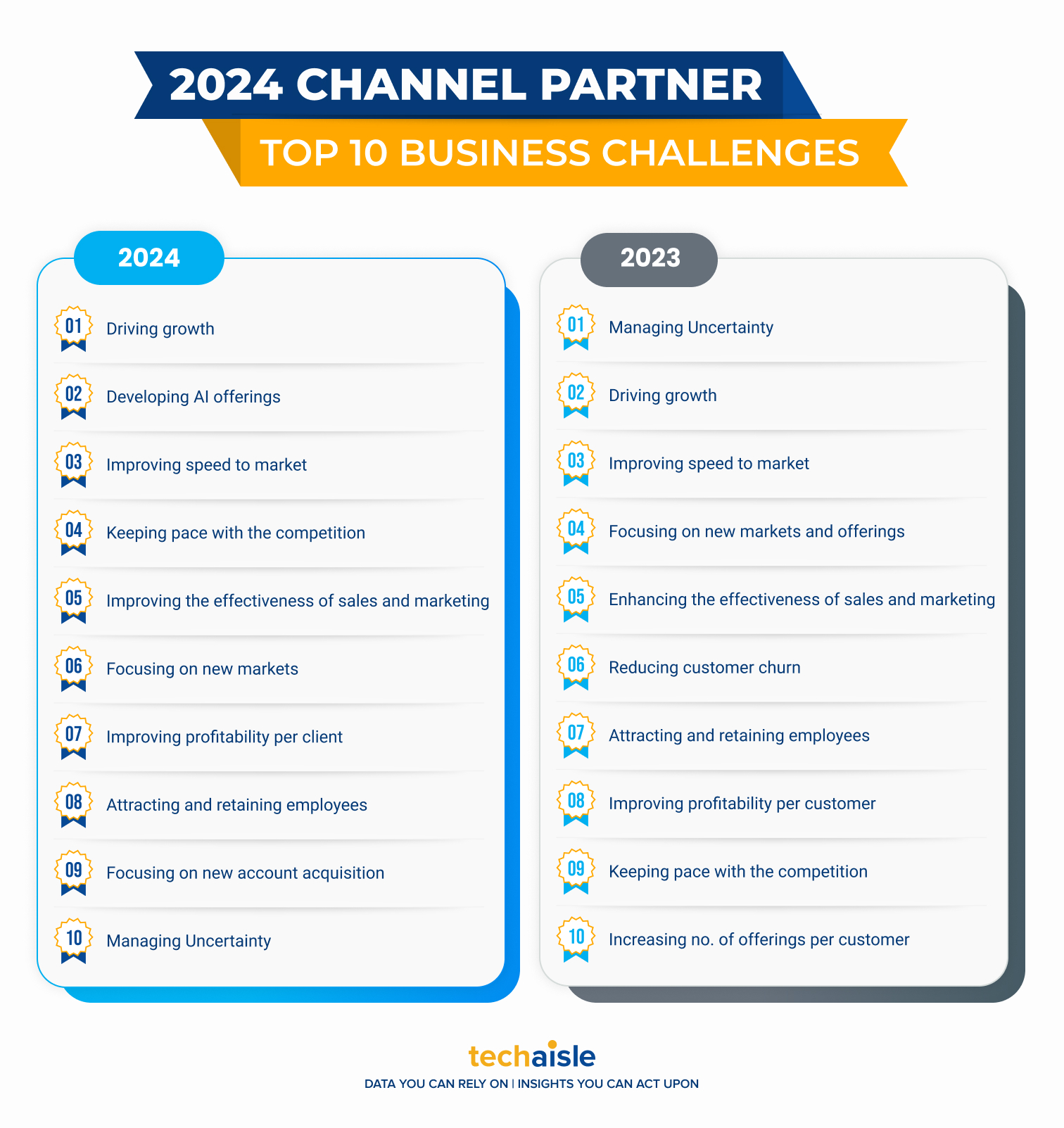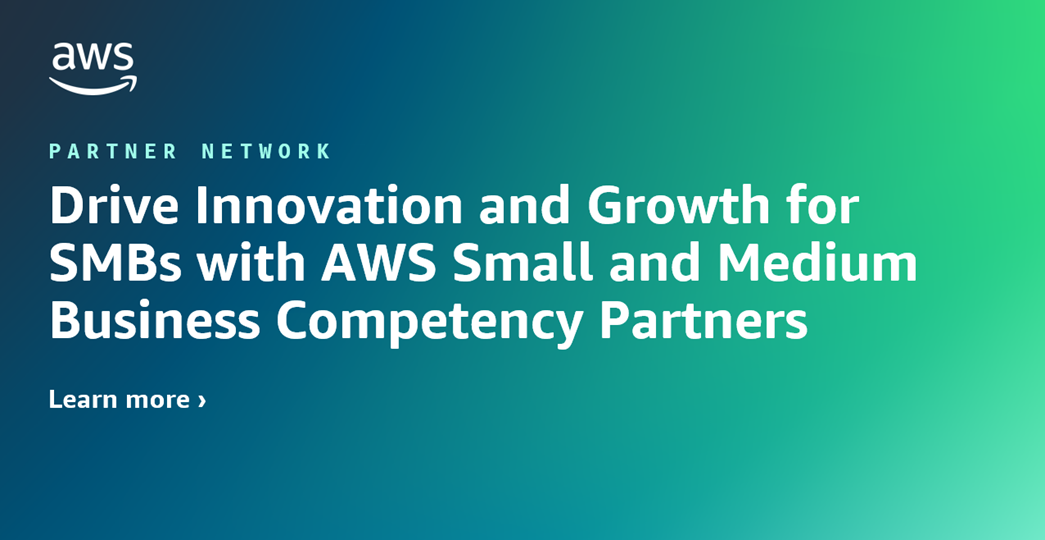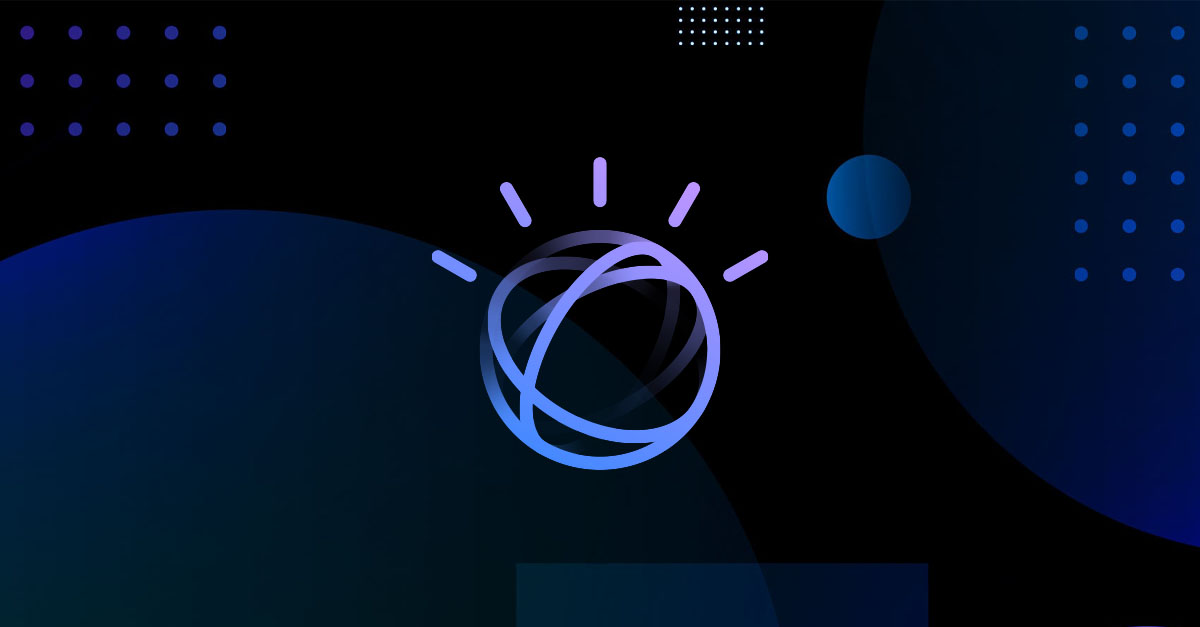While Google Cloud Next offered a flurry of AI announcements, Google Workspace emerged as the surprise star, particularly for small and mid-sized businesses (SMBs) and midmarket firms. Google Workspace stole the show for SMBs. Here's what grabbed my attention:
- Video Made Easy with Google Vids: Powered by Google’s AI technology Gemini, Google Vids is a game-changer for SMBs in creating professional videos. Imagine a Recording Studio experience with a massive library of stock footage, music, and GIFs at your fingertips. AI-powered editing removes unwanted noise, ensuring pristine audio quality. Seamless video sharing and collaboration within Workspace eliminate email ping-pong, empowering teams to work together securely.
- Vertex AI Meets Workspace: This integration unlocks a treasure trove of possibilities for SMBs. With over 130 pre-built AI foundation models, SMBs can build custom solutions to automate complex workflows, which translates to significant time savings, improved access to relevant data, and a productive workforce. This means more time for strategic planning and less time spent on repetitive tasks, enhancing accessibility to pertinent data and improving the employee experience. The integration equips SMBs to take control of their workflows and focus on what matters.
- Supercharge Meetings with the Gemini Meet Add-on: For $10 per user per month, the meeting experience can be elevated with features like "Take Notes for Me," "Translate for Me" (supporting 69 languages!), and studio-quality audio and video. Plus, adaptive audio ensures clear communication even in impromptu laptop-based meetings. This add-on is perfect for space-constrained SMBs and is a significant productivity booster.
- AI Boosts Chat Productivity: Gemini in Chat is an intelligent sidekick. Gemini is there whether one needs answers from across the web, summaries of lengthy documents, or a helping hand sorting through emails and chats. It even helps craft the perfect tone for messages and prioritizes conversations based on the most frequent contacts and urgent tasks. And for those quick collaborations, Huddles in Chat offers a one-click meeting experience. Did I mention interoperability with Slack and Teams, allowing for effortless collaboration across different messaging services?
- Enhanced Security with the New Gemini Security Add-on: For an additional $10 per user per month, businesses can bolster their Workspace security with advanced AI features. These include data classification and integrate seamlessly with existing Data Loss Prevention (DLP) controls. Additionally, privacy-preserving customer-specific AI models provide an extra layer of protection for sensitive data.
According to Techaisle's survey data of more than 2100 SMBs, one of the top five priorities for 2024 is to enhance and invest in collaboration solutions, and 87% plan to increase usage in 2024. Implementing a uniform collaboration solution that can function smoothly on all employee devices is also a challenge for 24% of SMBs.
















